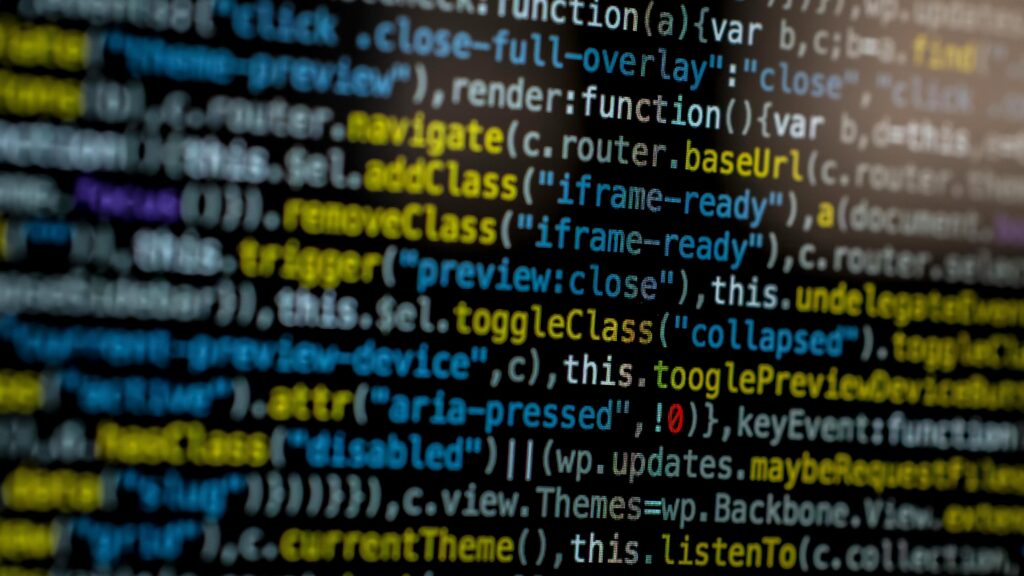What is an ALU?
When we think about how computers calculate and make decisions, one crucial component often goes unnoticed — the ALU. So, what is an ALU? The Arithmetic Logic Unit is a core part of the CPU responsible for performing arithmetic and logic operations. It processes numbers, compares data, and executes fundamental tasks that make all computing possible. Without it, computers couldn’t perform calculations or logical reasoning essential for running programs and systems.





